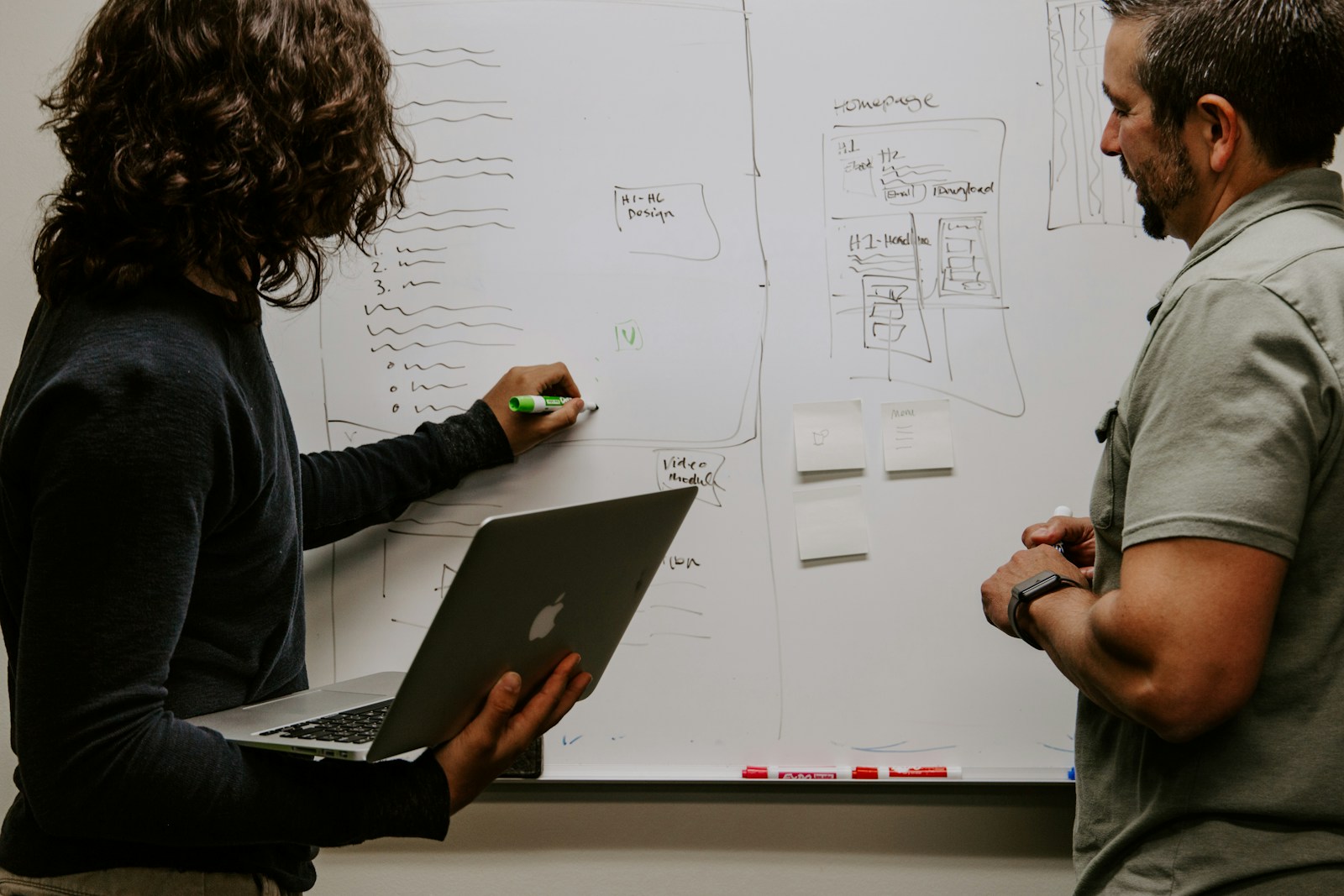Design Disagreements: Expert Tips for Product Managers
Design plays a crucial role in shaping the success of any product. As a product manager, navigating design disagreements with your team or stakeholders is a common challenge. Balancing user needs, technical constraints, and creative visions can lead to conflicts that may hinder the progress of a project. However, with the right approach and communication strategies, product managers can effectively manage design disagreements and foster collaboration within their teams. In this article, we will explore expert tips for product managers to handle design disagreements and drive successful product development.
Understanding Different Perspectives
One of the key factors in resolving design disagreements is to understand and respect the different perspectives of team members and stakeholders. As a product manager, it is essential to acknowledge that individuals may have varying opinions based on their expertise, experience, or goals. By actively listening to different viewpoints and seeking to understand the reasoning behind design decisions, product managers can create a more inclusive and collaborative environment. Encouraging open communication and valuing diverse perspectives can lead to innovative solutions that cater to a wider range of user needs.
Setting Clear Design Goals and Priorities
Another important aspect of managing design disagreements is to establish clear design goals and priorities from the outset of a project. By defining the overarching objectives of the product design and setting specific milestones, product managers can provide a roadmap for the team to follow. Clearly outlining the design requirements, user feedback, and business goals can help align the team and stakeholders towards a common vision. When faced with conflicting design choices, product managers can refer back to the established goals to guide decision-making and ensure that design solutions are in line with the project’s objectives.
Collaborative Design Workshops and Feedback Sessions
To foster collaboration and creativity within the team, product managers can organize design workshops and feedback sessions to encourage brainstorming and idea sharing. Collaborative design sessions allow team members to collaborate, explore various design concepts, and provide constructive feedback in a structured environment. By involving cross-functional teams, including designers, developers, and product stakeholders, product managers can leverage diverse expertise and insights to generate innovative design solutions. Additionally, regular feedback sessions can help address design disagreements early on and facilitate iterative design improvements based on user feedback and team input.
Utilizing Data and User Research
Data-driven decision-making is essential in resolving design disagreements and validating design choices based on user insights. Product managers can leverage data analytics, user research, and A/B testing to gather objective feedback on design performance and user preferences. By analyzing quantitative and qualitative data, product managers can identify patterns, usability issues, and areas for improvement in the design process. Utilizing data-driven insights can help in objectively evaluating design alternatives, resolving disagreements based on user needs, and ultimately creating a user-centric product that resonates with the target audience.
Empowering Design Autonomy and Experimentation
Lastly, giving design teams autonomy and room for experimentation can foster creativity and innovation in the product development process. Product managers can empower designers to explore diverse design solutions, test new ideas, and take calculated risks to push the boundaries of creativity. By encouraging a culture of experimentation and learning from failures, product managers can cultivate a dynamic environment where design disagreements are seen as opportunities for growth and learning. Embracing a mindset of continuous improvement and adaptability can lead to breakthrough design solutions that differentiate the product in the market.
In conclusion, managing design disagreements is a critical skill for product managers navigating the complex landscape of product development. By understanding different perspectives, setting clear design goals, fostering collaboration, utilizing data-driven insights, and empowering design autonomy, product managers can effectively resolve design disagreements and drive successful product outcomes. Embracing a user-centric approach and valuing diverse opinions can lead to innovative and impactful design solutions that resonate with users and stakeholders. By implementing these expert tips, product managers can navigate design disagreements with confidence and steer their teams towards creating exceptional products tailored to user needs.
